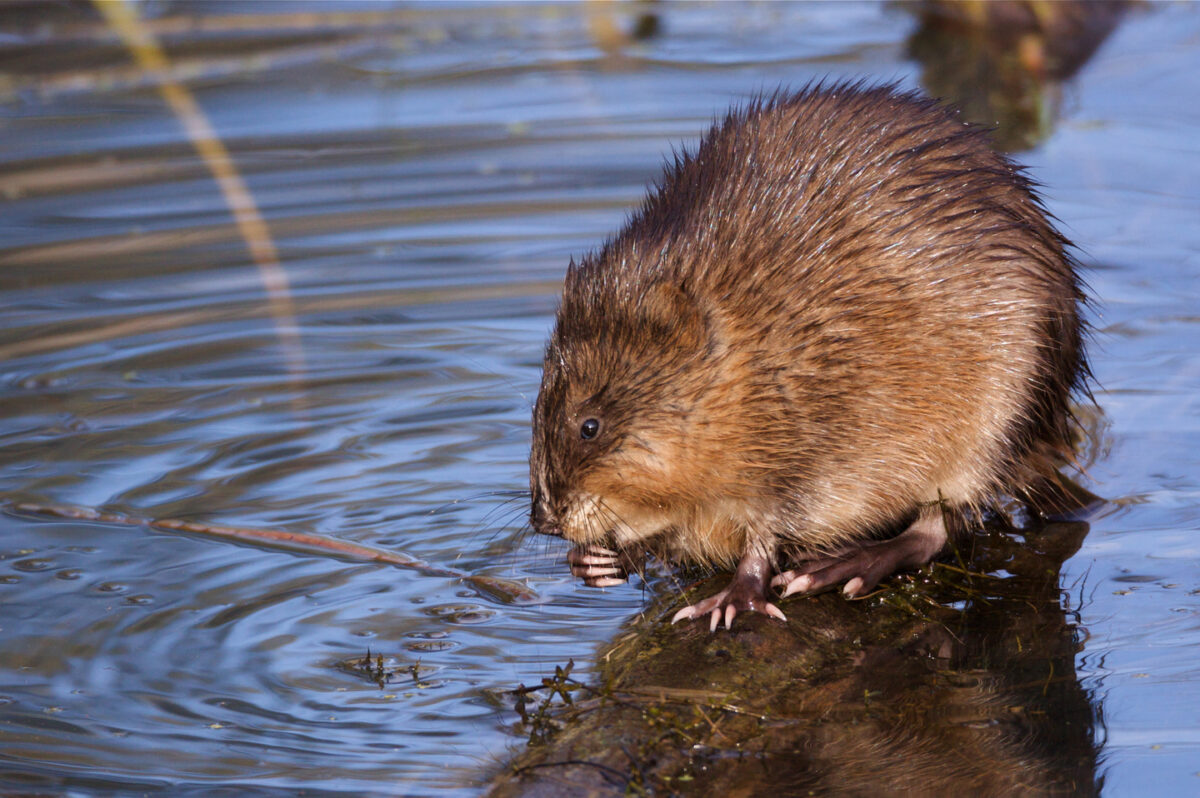
Musk Ox Hair/Qivuit
Zoological information
- The Musk Ox (Ovibos moschatus) is a mammal native to the Arctic region.
- It is a member of the Bovidae family.
- As a hollow-horned ruminant, it falls into the category of herbivorous mammals with a stomach featuring four compartments for fermenting plant-based food before digestion.
- Contrary to its name, the Musk Ox is neither an ox nor does it contain any musk. Scientists believe that its closest relative is the goat.
- Musk ox hair and its derived products are commonly marketed under the name ‘Qivuit,’ a term coined by the Eskimo people.
- It is reputed to possess the largest and thickest hair among all mammalian species on Earth.
- Among the Eskimo people, it is also known as ‘Omingmark’ due to its resemblance to the bison.
Habitat and fibre production
- The musk ox is predominantly found in the Canadian Arctic, Greenland, Sweden, Siberia, Norway, and Alaska.
- It possesses a dual-layered coat consisting of coarse, dense outer guard hair measuring approximately 600mm in length, displaying a dark brown colour.
- The finer undercoat, known as qiviut, is brown-grey, has a fineness of about 13-17 µm, and is shorter in length, ranging from 40-80mm.
- Qivuit comes from the secondary follicles found on the skin of musk oxen.
- The unprocessed musk-ox hair consists of approximately 8% fat and may contribute to the overall yield in the refined material.
- The fine, downy hair is naturally shed each spring, and it can be easily combed directly from the animal or plucked to gather the fibres.
- The yearly production amounts to 4-5 tons, with a per-animal yield averaging around 0.9 kg.
Features
- The fibres are smooth and have no crimp.
- The colour of the scoured and de-haired hair is light brown to chocolate brown.
- This fibre is eight times warmer than wool.
- It is softer and more valuable than cashmere.
- Qivuit does not shrink in hot water, thus can be hand-washed[1].
- The affinity of these fibres to the acidic/basic dyes is equal to that of any wool.
- Due to its high fineness, the fibre is more susceptible to chemicals, alkalis, and acids when compared to wool.
Typical uses
- Alaskan Eskimo women hand-knit stoles, sweaters, caps, shawls, and tunics from this special fibre.
- For a well-built man, around 115 kg of qiviut fibres are required to make a sweater.
- In Alaska, the company known as Musk Ox Producers’ Co-Op helps to develop 100% qiviut fibre products and qiviut/silk (80/20 blend) such as scarves, stoles, baby caps and headband smockerings (Nachaq) by traditional spinning and knitting methods in the trade name ‘Oomingmak’.
















